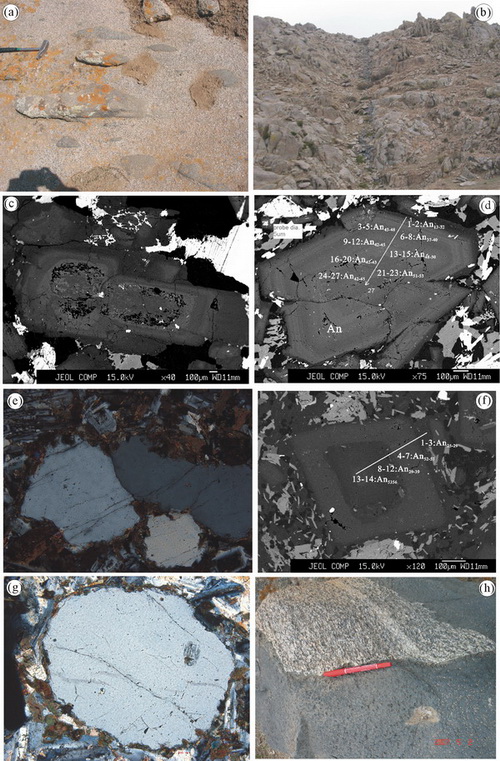Vice Professor ZHANG Xiaohui and his team present an integrated geochronological, petrologic and geochemical study performed on the Hercynian Guyang batholith from southern Inner Mongolia along the northern NCC in order to: 1) constrain the ages of various rock constituents of the batholith; 2) describe the systematic mineralogical and geochemical variations of various rock types; 3) trace their sources and characterize the petrogenesis of the main rock types; (4) document episodic mafic and felsic magma interaction during the construction of high-K calcalkaline batholith and envision inherent geodynamic processes, as a contribution to our understanding of the controversial Late Paleozoic orogenic cycle around the northern NCC.
They get the conclusion that the multiple-step deep-seated crust–mantle interaction processes, propelled by sustained heat engine due to linear lithospheric delamination and hot asthenospheric upwelling along mega-shear zones, led to the construction of the Guyang batholith within a metacratonic passive margin

Fig.Different scales of magma mixing phenomena in rock foundation at Guyang. (Image by ZHANG)
Zhang et al. Mafic and felsic magma interaction during the construction of high-K calc-alkaline plutons within a metacratonic passive margin: the Early Permian Guyang batholith from the northern North China Craton. Lithos, 2011, 125: 569-591(
Download Here)